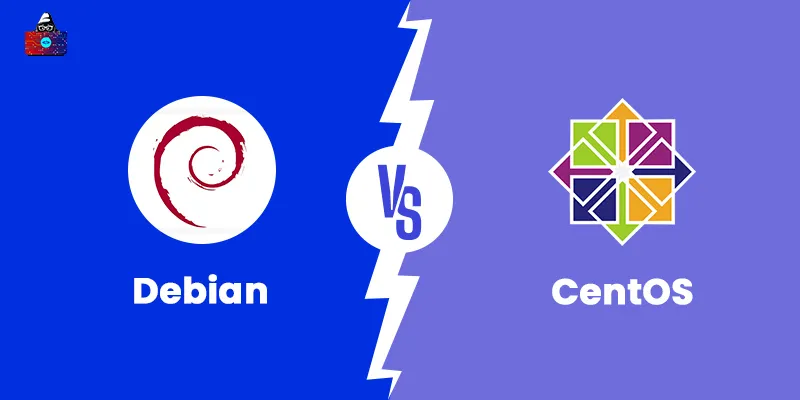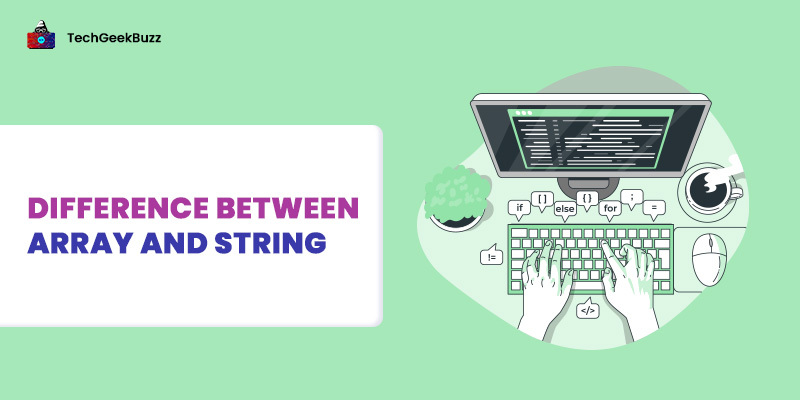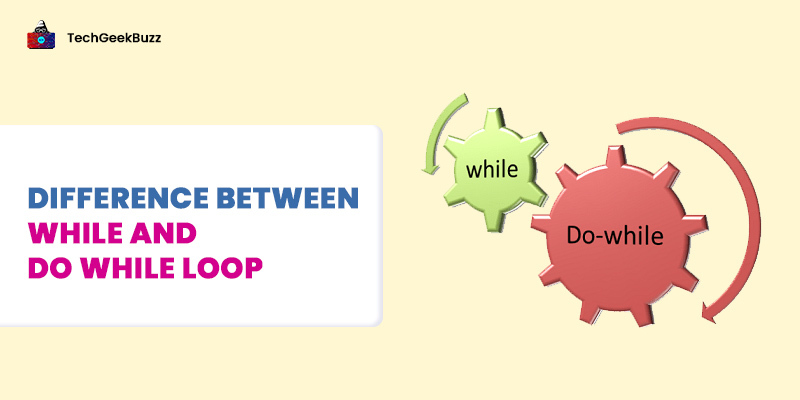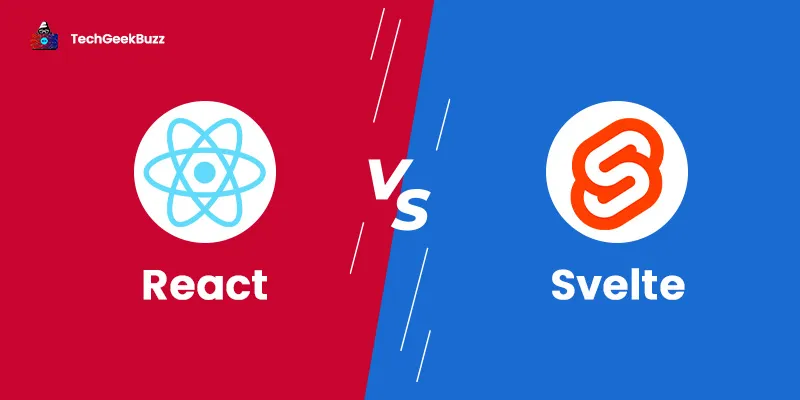With the availability of multiple Linux distributions, choosing the appropriate Linux distribution plays a vital role for any organization. Debian and CentOS are popular and widely used Linux distributions. They are used to handle heavy tasks of development like the hosting of servers.
Debian is one of the oldest distributions of Linux Kernel, launched in 1993, while CentOS was released in 2004. Although both distributions have quite a lot of things in common, there exist a few major differences as well.
In this article, we will go through a few of the major differences between the two distributions. Also, we shall discuss what are Debian and CentOS, along with their features, upsides, and downsides. So, let us get started!
Package Management
Packages are included with every operating system. Packages include source code, scripts to run them, manifests, readme files, and so on. To clarify, in the case of Windows, packages are bundled together to form the installer for a certain Application Software, with or without its dependencies. CentOS as well as Debian both offer efficient package management support with dependency checking features.
What is Debian?
The Debian operating system, also known as Debian GNU/Linux, is based on the GNU/Linux operating system. It was one of the first Linux distributions and is still widely used today. It has provided a foundation for many other distributions, including Ubuntu, Mint, Kali, and others. For application installation, Debian uses the apt-get or aptitude package managers. It is frequently employed as a server or workstation operating system.
The Debian distribution typically has a two-year release cycle. Debian LTS is supported by a distinct group of persons from the Debian project. Debian accounts for around 7% of the market. Debian's regular releases assist users in getting rid of problems as quickly as possible.
History
Ian Murdock, in August 1993, first introduced Debian and called it "the Debian Linux Release". He derived this word from Debian by combining the name of his then-girlfriend (ex-wife), Debra Lynn, and his first name. Before Debian, there was a popular Linux distribution, Softlanding Linux System (SLS). However, the poor maintenance and prevalence of buses inspired Murdock to develop new Linux distribution.
Version 0.90 was the first public release of Debian. From 1994 to 1995, the Debian project released the Debian 0.9x versions. Later, in 1996, Debian 1.1 came into existence with many advanced features. The year 1998 witnessed the release of Debian 1.2 and Debian 2.0. Thereafter, many versions of Debian were released with improvised features. The most recent stable version of the Debian distribution is Debian 11 (bullseye), which was released in 2021.
Features of Debian
The following are the features of Debian:
- Open Source
- Security, Privacy and multiple Identities Management
- Free to use, and we can contribute to the source code
- Community support
- Debian supports desktop environments like XFCE, GNOME, KDE, MATE, Cinnamon, LXDE, and LXQT.
- Supported CPU architectures are 64 bit Intel and AMD, Intel x86, AMD, IBM Power Systems.
Advantages of Debian
Here are the significant advantages of Debian:
- Multiple CPU architecture support
- Configurable
- Good for administrative tasks
- A large number of installed packages
- Multiple Desktop Environments
Disadvantages of Debian
The following are the disadvantages of Debian:
- Not user-friendly
- It does not have a Personal Package Archive (PPA)
When to Choose Debian?
If you have hands-on experience working with Linux distros that use DEB packages, you can choose Debian over CentOS.
What is CentOS
CentOS Linux is a community-driven project formed from the roots of Red Hat Enterprise Linux that is stable, predictable, controllable, and repeatable. Many firms also use it for development and production servers. The first CentOS release, CentOS version 2, in May 2004, was a clone of RHEL version 2.1AS.
It has a market share of around 17% amongst companies which is pretty higher than Debian. The release cycle of CentOS is pretty long, which makes the developers face issues as the next update is not going to come sooner. Novices or businessmen heavily leverage CentOS that do not need many administrative tasks.
History
The CentOS Linux distribution was introduced as a build of the CAOS Linux. Gregory Kurtzer, in 2002, started CAOS Linux, which is an RPM-based Linux distribution. In 2004, the first version of CentOS as CentOS version 2 was released. It was a fork of an RHEL version 2.1AS. Many versions of CentOS were released later. Till version 8, CentOS supports x86-64, ARM64, and POWER8 architectures and till version 6. it supported IA-32 architectures. The latest and stable version of CentOS is version 8.0.
Features of CentOS
Let us discuss some salient features of CentOS below.
- Free and Open Source
- Security and Privacy
- Easy to learn for beginners
- Installed programming and languages like PHP, Ruby, Perl
- Supported CPU architectures include IBM Z, AMD, Intel 64 bit, and IBM Power Systems.
Advantages of CentOS
The following are the remarkable benefits of CentOS:
- Multiple CPU architectures
- Configurable
- User-friendly
- It is very stable
- Multiple Desktop Support
Disadvantages of CentOS
Some major drawbacks of CentOS are as follows:
- The release cycle is pretty high
- GUI is not interactive
When to Choose CentOS?
If you want a more stable and secure distro of Linux, choosing CentOS over Debian is a wise choice. Also, learning CentOS is easier than Debian for beginners.
Differences between the two based on various parameters
| Features | Debian | CentOS |
Market and Community |
Experienced developers who wish to work as administrators choose Debian OS. A businessperson, on the other hand, chooses CentOS if they need a robust and secure Linux distribution for their applications. | Mission-critical and heavy servers are preferred on CentOs as compared to Debian OS. This is why CentOS has a larger market as compared to Debian. The community of CentOS is also greater as compared to Debian. |
Support |
Debian LTS is supported by a group of separate individuals. | CentOS Project is indirectly supported by the Red Hat Enterprise through third parties like OpenLogic |
Architecture |
Debian OS will have the support of architectures like MIPSel, MIPS64el, s390x, x86_64/AMD64, and AArch64/ARM64, armhf/armhfp, i386, and ppc64el/ppc64le | CentOS has the support for x86_64/AMD64, AArch64/ARM64, armhf/armhfp, i386, and ppc64el/ppc64le |
Package Management |
The package format supported in Debian is DEB, and its package manager is dpkg/APT. Debian has a relatively large number of packages available with the number exceeding 59000. | The package format supported in CentOS is RPM, and its package manager is YUM/DNF. |
Filesystems |
Debian supports the ZFS filesystem through the “ Dynamic Kernel Module Support ” (DKMS) package. | CentOS does not officially support DKMS. |
Release Cycle |
The release cycle of Debian is around two years. You will stay more updated with new technology with Debian distribution as compared to CentOS. | The release cycle of CentOS is around 4-5 years. Therefore, working with CentOS sometimes creates issues due to bugs as the next major release takes more time. |
Requirements |
Debian supports 32-bit processors, and the RAM required is 1.5 GB. | CentOS does not support 32-bit processors. The minimum RAM requirement for CentOS is 1.5 GB |
Debian vs CentOS - Which is Better?
Debian and CentOS both are widespread Linux distributions. The choice between Debian and CentOS comes depends on technical requirements, support options, internal resources, and business decisions. Choosing CentOS would be an excellent move if you run most of your applications on an RHEL-compatible distribution.
On the flip side, if you have experience working with the Linux distributions that include DEB packages, Debian is an ideal option. Therefore, both Debian and CentOS are popular. The choice entirely depends on users and their requirements.
Conclusion
In this article, we saw significant differences between CentOS and Debian. Both are excellent distributions of Linux and thousands and millions of people across the globe use them. CentOS provides more challenges for beginners and is ideal for professionals, but it beats Debian in mission-critical tasks. If you want to select between the two, you can keep the above points in mind and choose the one that best fits your use case.
People are also reading:




